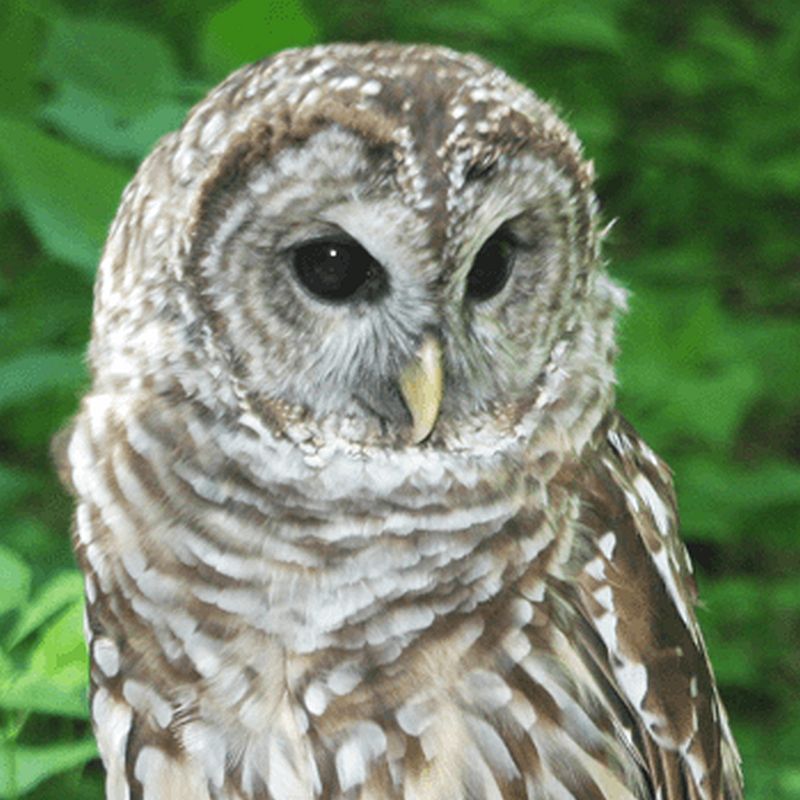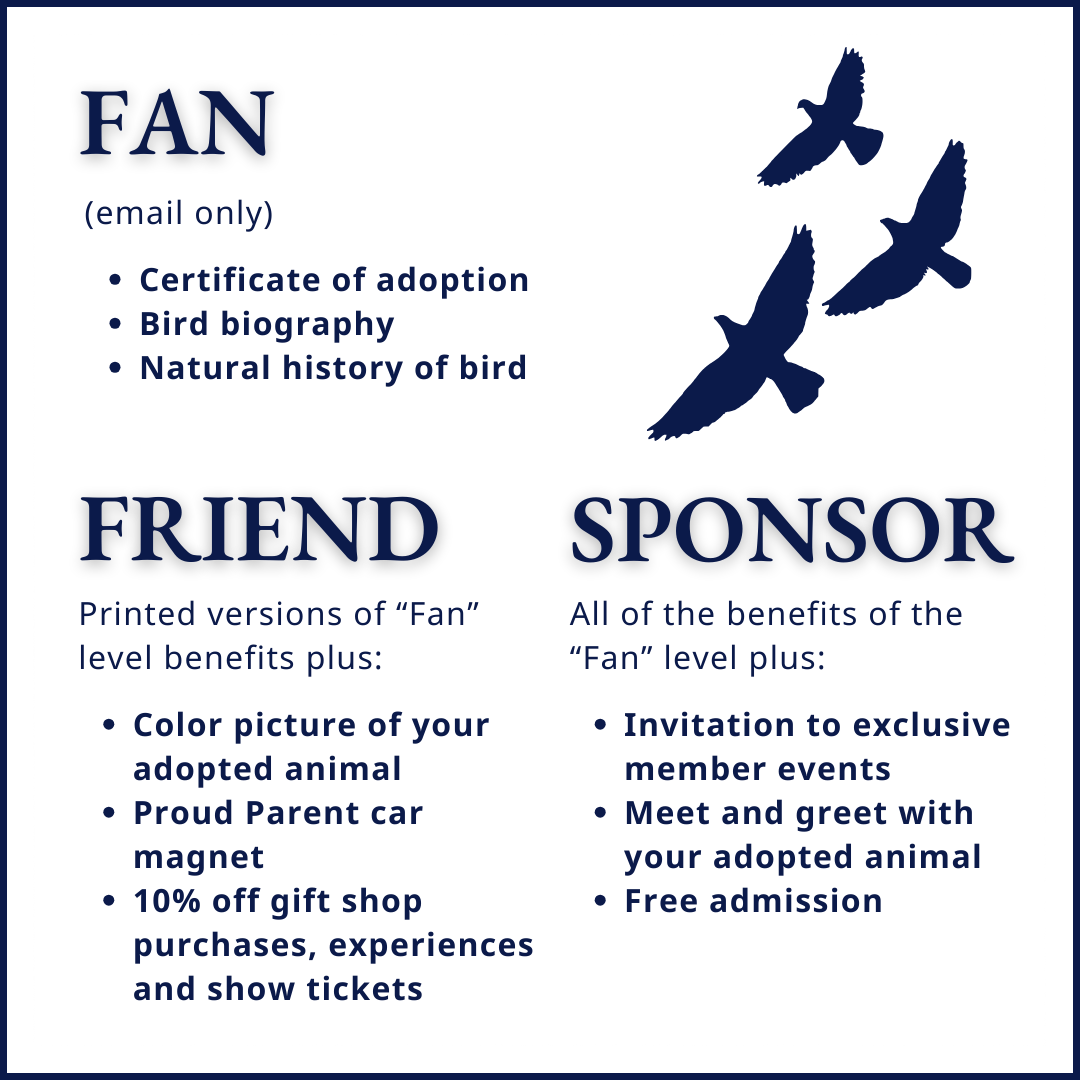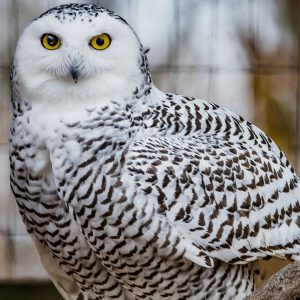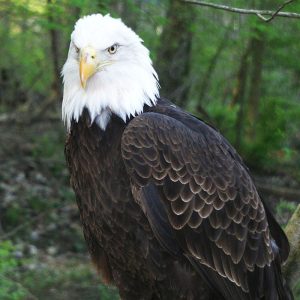Barred Owl – Shakespeare
Shakespeare was brought to the World Bird Sanctuary’s Kathryn G. Favre Wildlife Hospital as an orphaned chick in the spring of 2004. Upon arrival, it was apparent from his behavior and demeanor that Shakespeare had been exposed to enough people beforehand that he had become imprinted, and thus, was not likely to be able to survive on his own. Once he was old enough, Shakespeare was moved into our education department. There, he learned how to fly between his trainers gloves and spent several years educating guests in programs and at onsite events. As he got older, he lost his interest in flying during programs and was retired.
$29.00 – $129.00
Description
HATCH YEAR: 2004
FUN FACTS ABOUT SHAKESPEARE
- You can find Shakespeare on our Avian Avenue exhibit area, past our Kathryn G. Favre Wildlife Hospital.
- Shakespeare is probably one of the most popular birds we have on exhibit thanks to his huge personality, aerial antics, and most of all willingness to call out to staff and visitors alike at the drop of a hat.
- He is known to call in wild barred owls during our night hikes, part of our Owl Prowl programs.
SPECIES FACTS
Scientific Name:
- Strix varia. Latin meaning “varied earless owl.”
Distribution:
- Highly distributed. Found throughout Southwestern Canada to parts of Northern United States. Mostly Eastern United States with some populations in Mexico.
- Non-migratory. Barred Owls will usually stay in one area their entire lives. During winter months may journey further in search of food if scare in their home territory.
Habitat:
- Live in densely forested areas, usually near a source of water like a streamside or swamp.
- Nests in tree cavities.
Diet:
- Small animals like squirrels, birds, chipmunks, rabbits, mice, voles, amphibians, reptiles, fish, and crayfish.
Behavior:
- Ambush predators. Also called sit-and-wait predators. They hunt by sitting elevated on a perch and wait for a prey item to wander close enough to swoop down and grab.
- They will also actively fish in shallow water.
- Mostly hunt right after sunset or dark, but may also be found hunting during the day.
Identification:
- Large sized, mottled brown and white owl with distinct dark brown vertical striping or barring on belly feathers. Barring around the upper chest and around the neck is horizontal.
- Wing and tail feathers are barred brown and white.
- Call sounds like “who cooks for you, who cooks for you all?”
Additional information
| Adoption Level | Fan, Friend, Sponsor |
|---|





